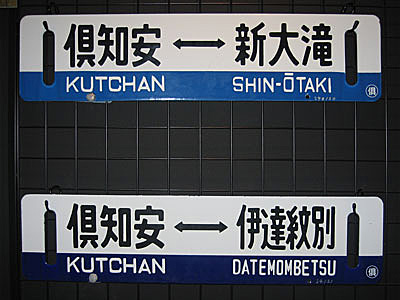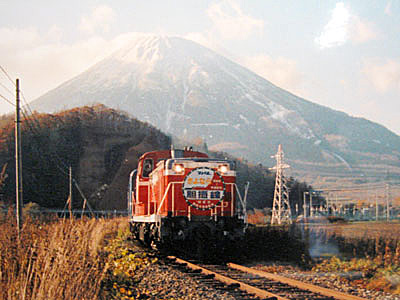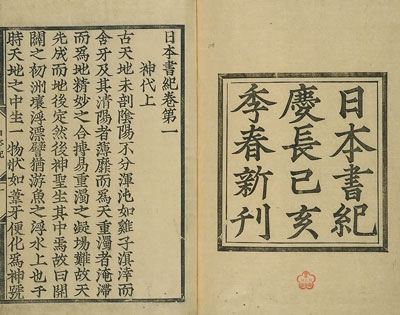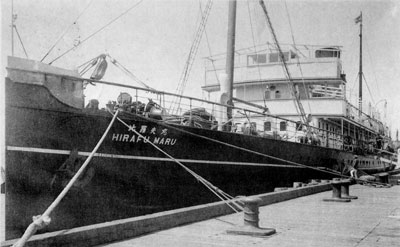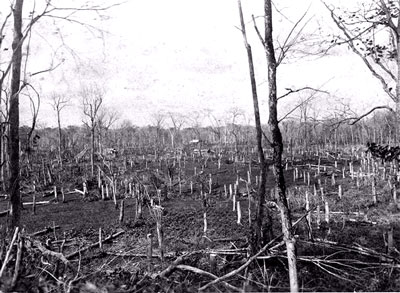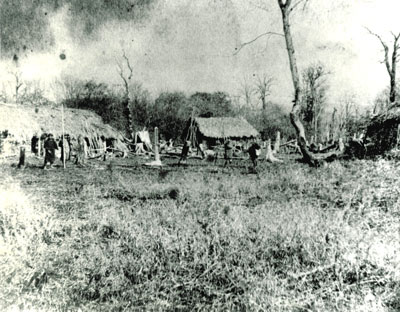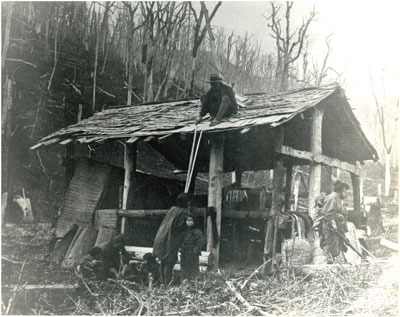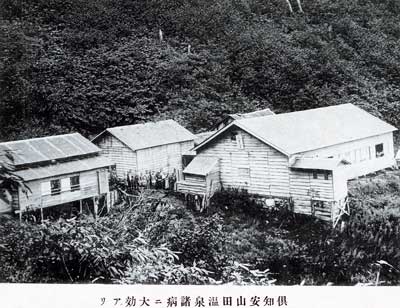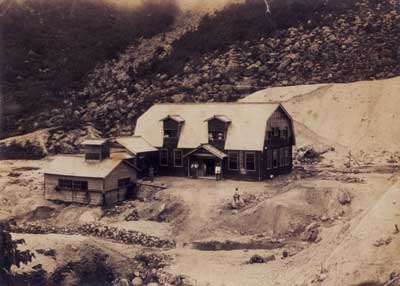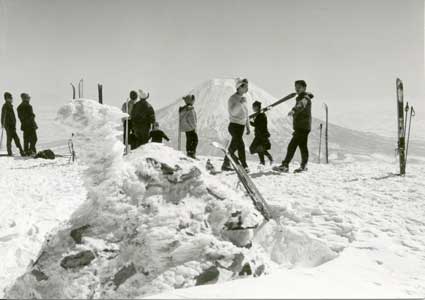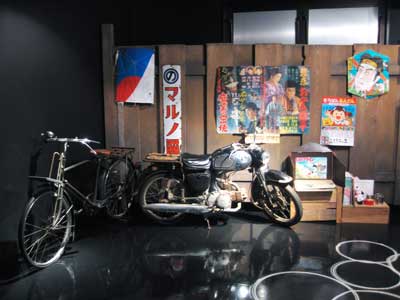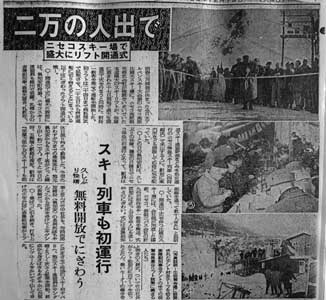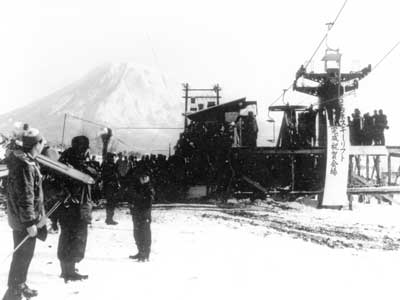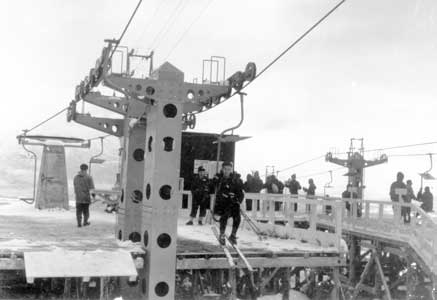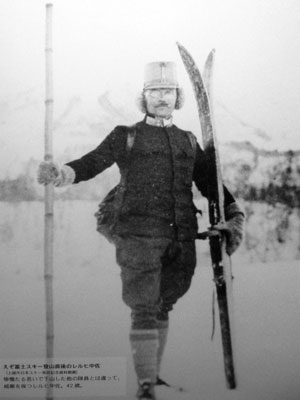
By the way, Austrian Lerch major finally appears here. Austrian = Hungary empire is officer, and Theodor von Lerch Edora(1869 -1945) is one of person said to that we told skiing to Japan first. Ski was unknown tool for most Japanese before visit to Japan of Lerch.
Against expectation of the world, the Japanese military won for Russo-Japanese War. He visits Japan as exchange officer in November, 1910 to study the Japanese military.
At first Lerch starts for its new post in the thirteenth the 58th division foot soldier regiment of Takada, Niigata (existing Joetsu-shi) where snow is deep. He let gunner arsenal of Tokyo produce ski. In January, 1911, he lectured on ski in Taniyama Kim for officer and junior high school teachers of the prefecture using the ski for approximately one month.
His ski was one of them Staff-type ski which was mainstream in his mother country in those days. Metal butt end was attached to the tip of about 2 meter-long Staff.
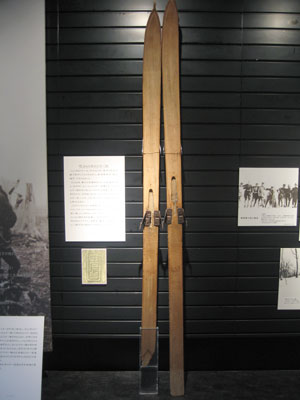
In September of the year, Lerch was promoted to lieutenant colonel. He was assigned to the seventh the seventh division field gun regiment and, in February, 1912, the following day, started for our new post to Asahikawa of Hokkaido. Class of approximately three weeks was carried out in SHUNKODAI to learn ski technology from Lerch in Asahikawa. Production of ski has already begun in Takada of post before him. Therefore, division of Asahikawa asked Takada for production of ski.
Then ski technology was classified roughly into Austrian style and Norway type. Lerch did not teach only Austrian style technique and taught about the history of ski and Norway-style technique.




